Farm Life Journal - February 2019
February 18, 2019
By Tom Oswald
Once the crop is in the bin, the equipment is winterized and the ground is frozen, farmers’ calendars often fill with meetings in addition to everything else the winter season brings.
For my neighboring farmers who raise livestock, winter brings a battle against the elements to keep their animals well fed, watered and comfortable. Modern buildings, windbreaks and site design help both farmers and animals in rough weather. It’s been years since we’ve raised and carried livestock through the winter on our farm, but those who do have my respect. Farms have plenty of things to breakdown and need fixing, but the headache factor multiplies for livestock farmers during the winter.
One thing all Iowans share in the winter is the totally unprofitable chore of moving snow. Unless you have a snow removal business, moving snow is a cost item. Fortunately, we don’t have to clean up our yards like business parking in cities, but it’s another job we do ourselves that takes time and equipment that’s not included in our crop or livestock price.
Most farmers have tractor-mounted loaders, but some have skid loaders, pay loaders, tractor mounted 8’ wide snow blowers and front blades on tractors and trucks. Some farms have all the above.
The county plow isn’t always there when farmers need to leave the house – whether that’s to care for livestock, pick up spouses, family or neighbors – so we sometimes have to open up roads ourselves. That said, my county tries hard to keep up with clearing roads.
Today, I spent three hours cleaning up from a series of minor snow events. While working, I was reflecting on the fact the tractor I was using has moved snow 48 winters for my family. We got it when I was 12 years old and it was the first tractor I could drive “alone” in the field. It was our family’s first tractor with a cab, which my dad thought was safer for me to operate (it was harder to fall off) and could protect us from the elements. At the time, it was cool to have a tractor with a cab instead of one where you’d freeze out in the cold wind. These days, this tractor doesn’t see much field time, but it’s still an important asset and does the job.
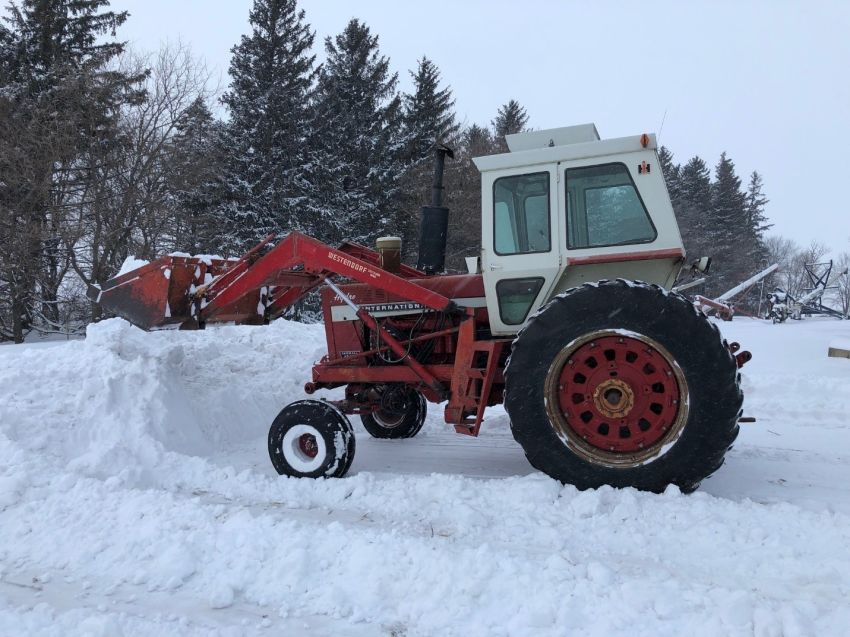
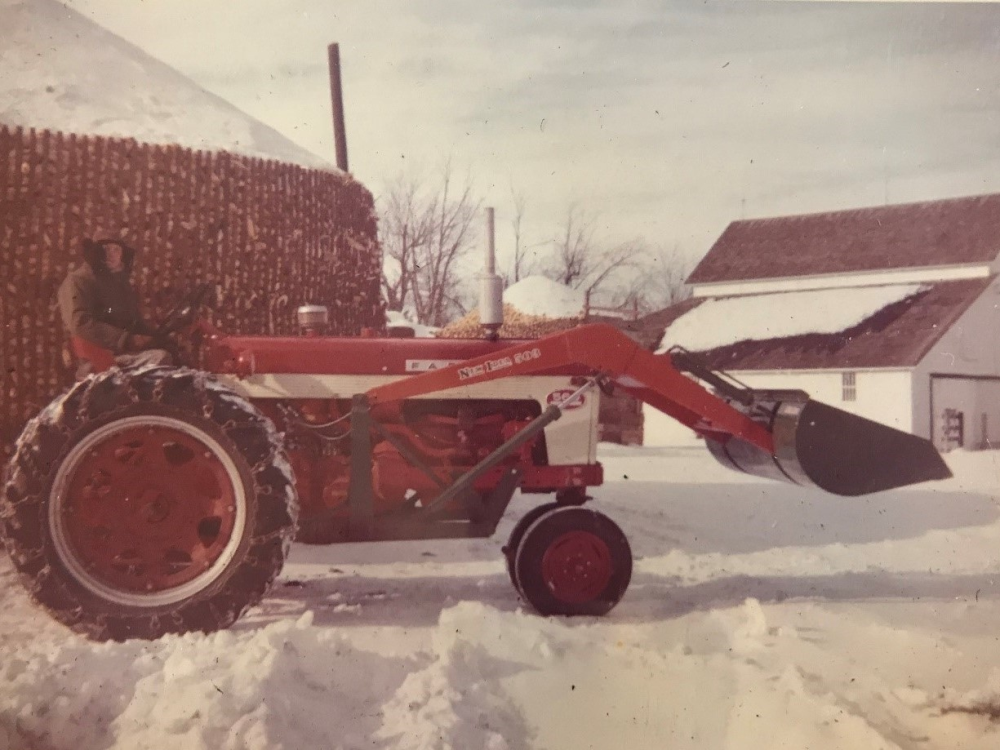
One issue with early tractor cabs is that they had sound levels about like a rock concert. They provided shelter, but quiet… not so much. During the 1970s there were significant improvements in tractor cab design which dramatically reduced noise levels.
We now consider sound decibel levels when purchasing any machinery with a cab. Still, many farmers suffer from reduced hearing in at least one ear from operating tractors. Often, it’s the left ear because it is common to look over your right shoulder to watch equipment, which subjects the left ear to a direct shot of engine noise for hours on end. Even though I’ve tried to protect my hearing, my left ear is borderline in need of a hearing aid. Years of being around large, noisy equipment, chain saws and power tools contributes to many farmers’ hearing loss.
I started this Farm Life Journal talking about meeting season. In many ways the business side of farming has become more and more like other businesses. For farmers, we meet with grain buyers, input suppliers, bankers, lawyers and accountants both in person and online throughout the winter. Additionally, we attend continuing education, planning and purchase meetings.
I completed my master’s degree coursework over several winters. At that time, professors drove or were flown into my county seat of Cherokee. Students would drive up to 80 miles one way to attend class for three hours a night, twice a week from January to March. This was all before cell phones so there were times students might arrive at the class to find it cancelled due to weather.
It was a great time, but now things are different with remote online learning and cell phones to stay in touch. Most of the professors liked interacting face-to-face with those in the “real world” away from campus and I enjoyed spending time with others in an in-person learning environment. Some of my classmates and professors have become my lifelong friends.
Beyond formal classroom settings, many farmers participate in winter update meetings. Some examples include:
- University specialists host meetings to present on topics like plant disease, weed management, marketing, soil management and crop nutrition.
- Input suppliers have meetings to bring customers up to date on their product offerings. It seems any meeting covering crop inputs will have a session on sustainable and best management practices to protect the environment.
- Banks sponsor meetings on crop marketing, crop insurance, risk management and marketing.
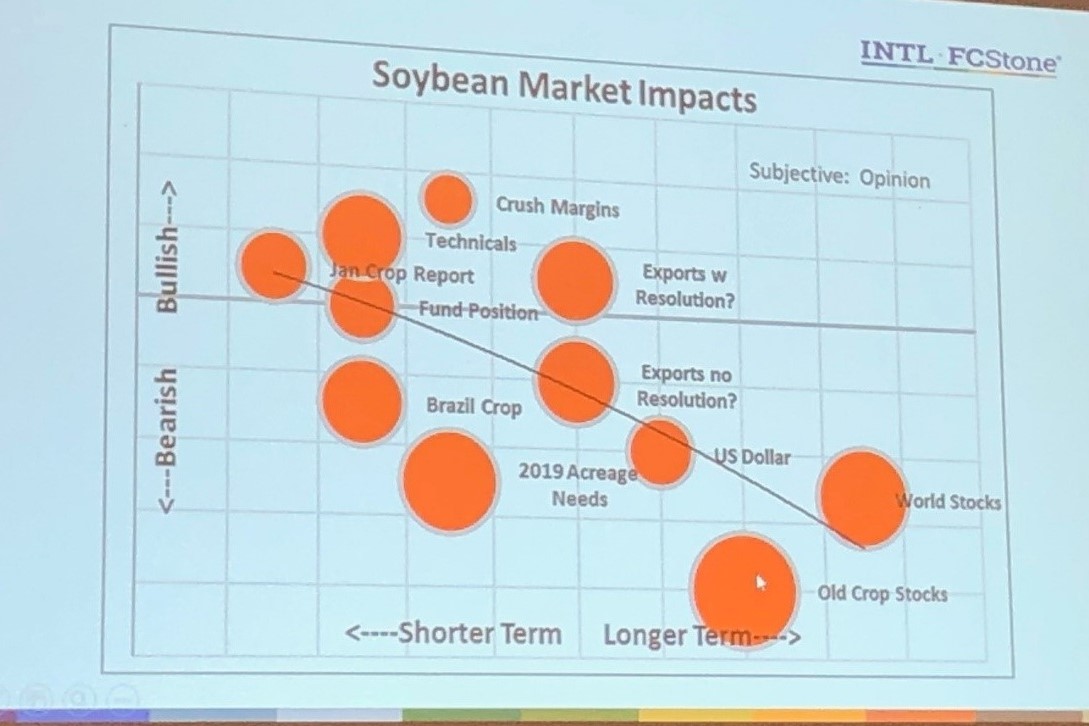
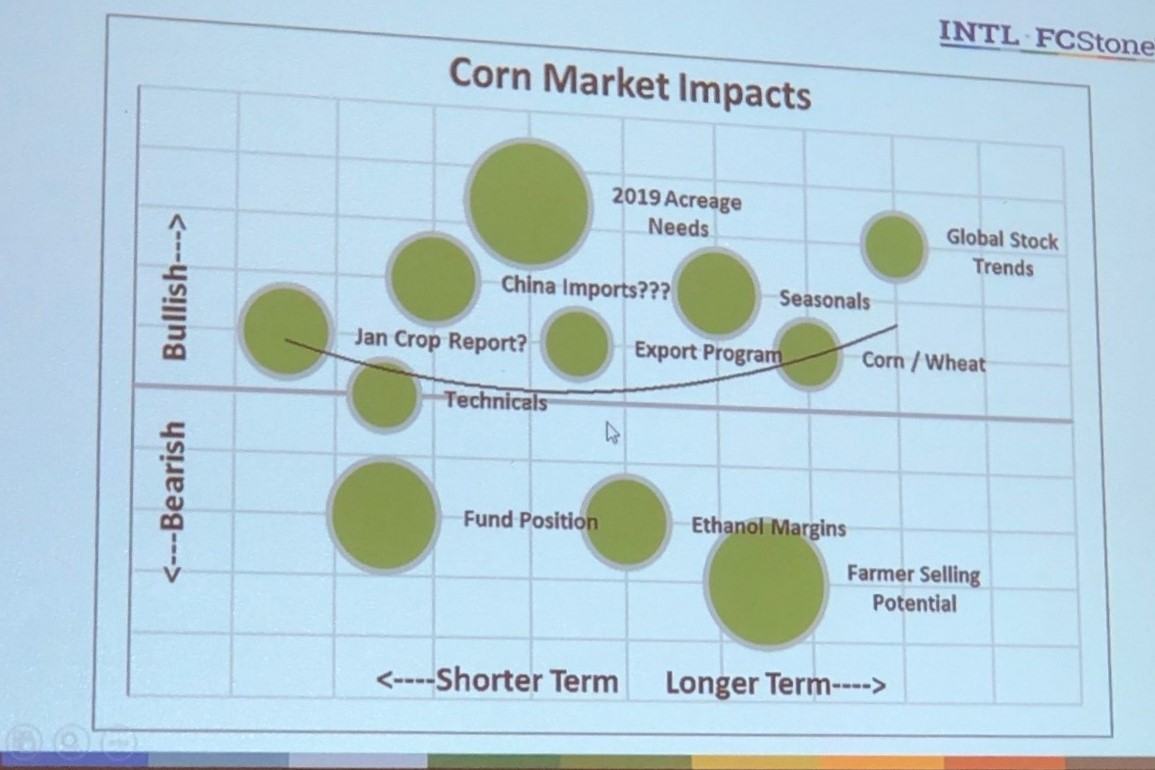
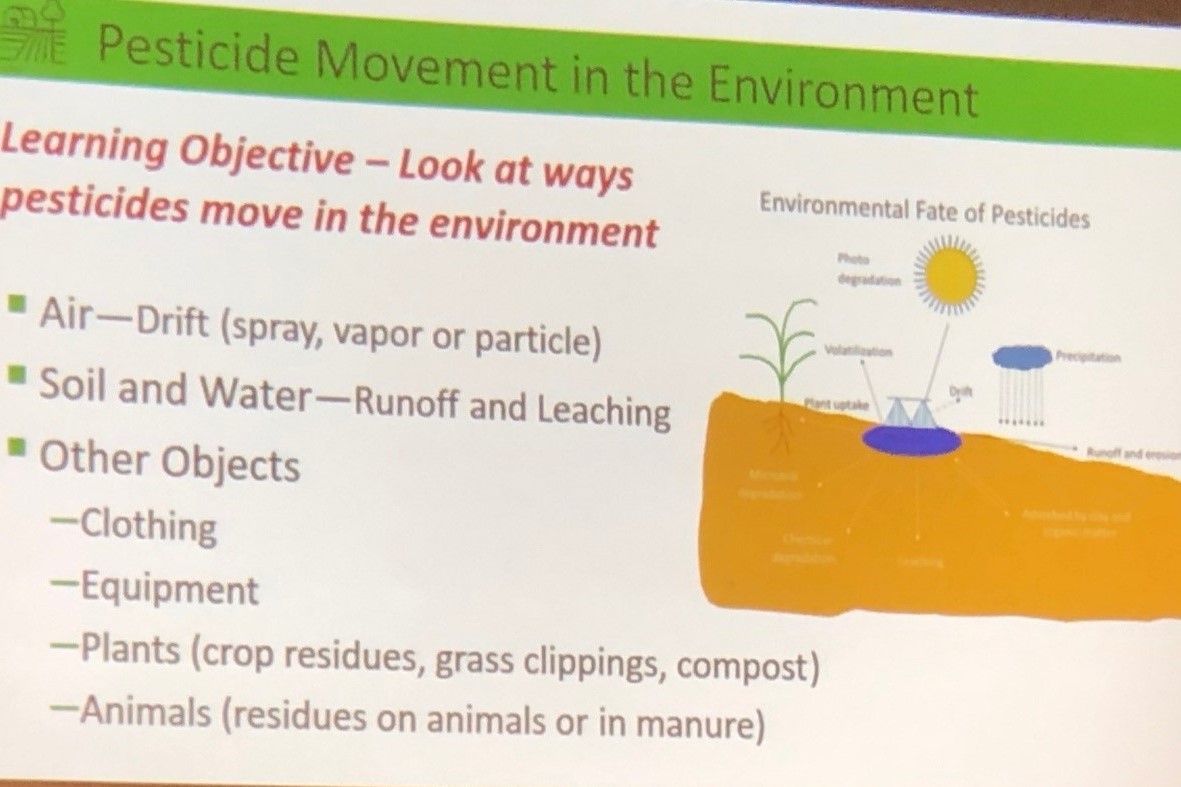
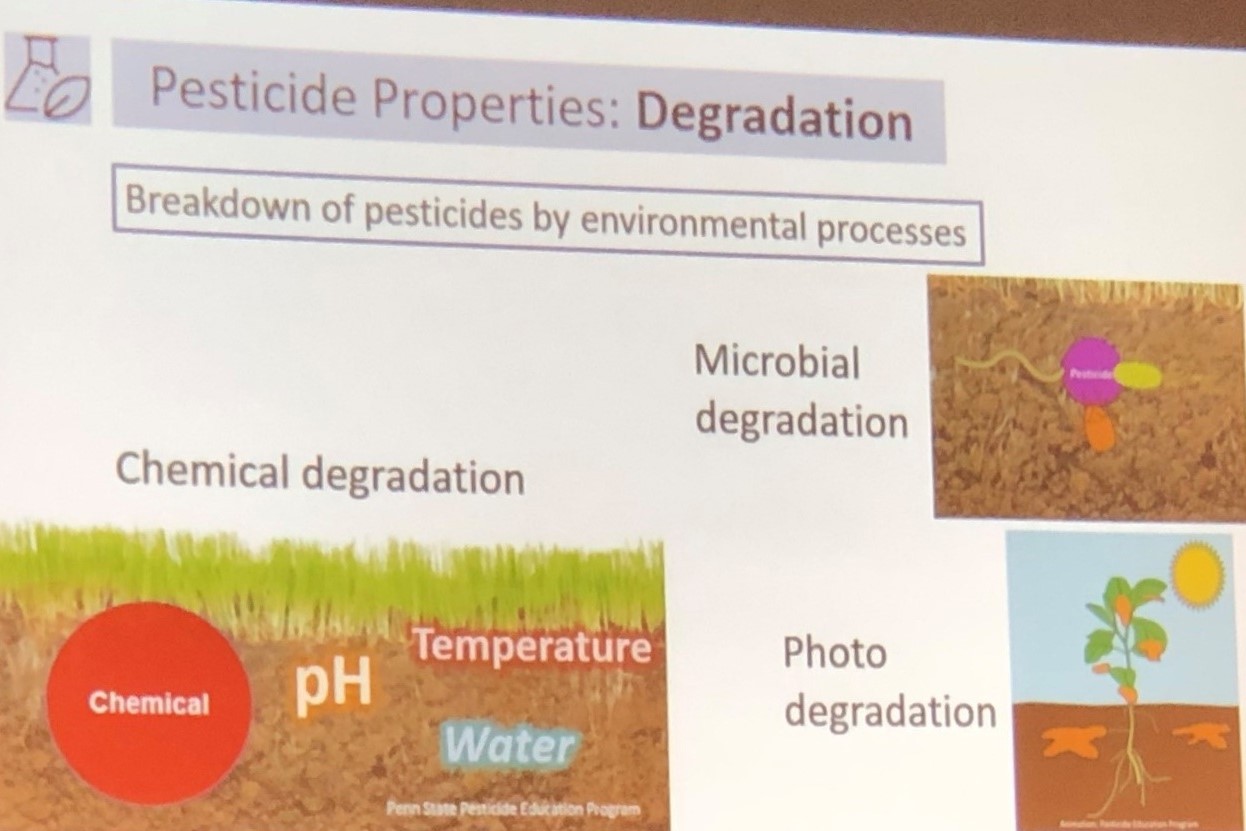
Above are a few photos of slides from meeting presentations this winter. There’s a lot on farmers’ minds right now.
Much of the meeting conversation this winter centers around finding a profit in today’s cost/price environment. In general, farmers buy retail and sell wholesale. If our costs increase, there is little mechanism to price our products higher. Costs often follow crop prices up, but they seldom decline at the same degree as crop prices when a cycle turns down.
If your equipment is paid for or not carrying too much debt, you can “live” on depreciation in the short run. That is, you don’t replace equipment as often or at all so you can try to retain funds for living expenses. This eats into your equity but is unsustainable over time as eventually equipment must be upgraded.
Someone once said, “Give a farmer a nickel (profit), and he’ll borrow a dime to spend with it.” When profitable years hit, equipment upgrades need to happen which results in a multiplier effect that runs through the ag economy benefiting all sectors who support it.
To have a pesticide applicator license, farmers need to attend annual continuing education courses. Much of the emphasis is on applicator safety, accurate application and understanding ways to prevent undesirable outcomes. Degradation is a good thing, so products don’t persist in the environment too long, but if products degrade too soon they don’t work. Understanding pesticide movement helps us keep products where we want them – on our fields working for the intended purpose.
Finally, some fun stuff for the month of February. There’s much to be said about beauty in the eye of the beholder. In my mind, there’s lots of beauty in agriculture.
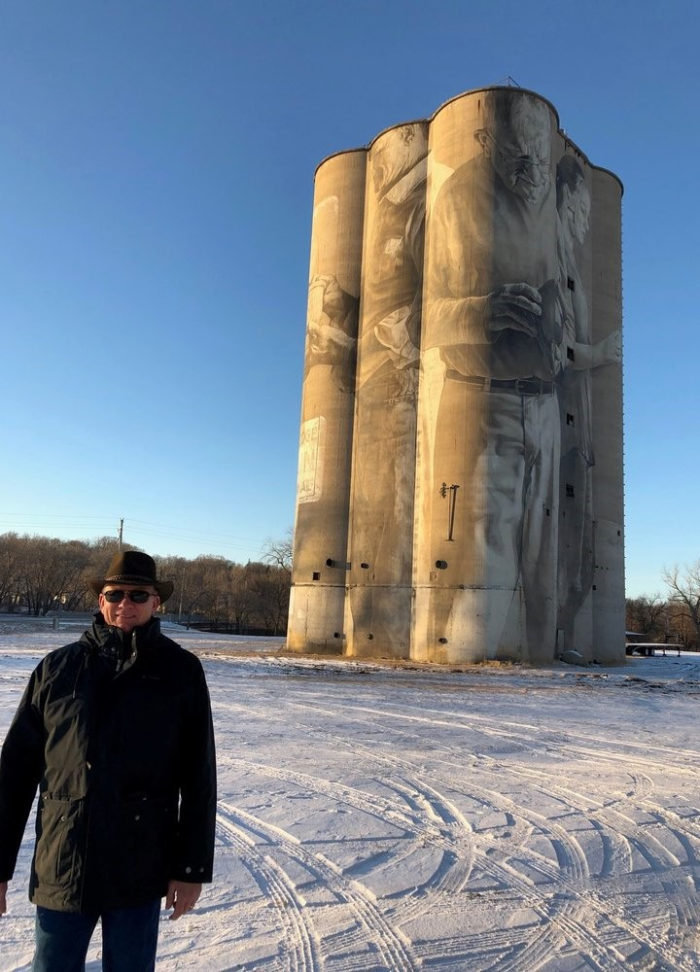
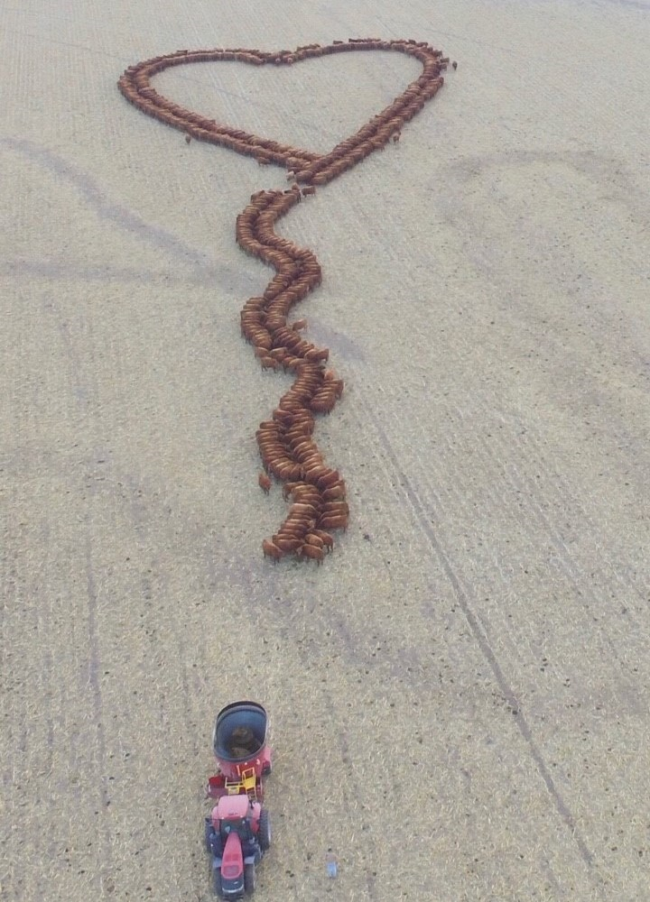
The grain silo art in Fort Dodge was painted late in 2018 by an artist from Australia. It’s a bit amazing how lifelike the subjects are considering the shapes and heights he was working with.
I have come to enjoy the interaction with other agriculturalists on Twitter. Recently, I came across this drone photo of Red Angus cattle after being fed supplemental feed in a corn stubble field. The original Tweet said it is from Schuler Red Angus ranch in western Nebraska. I don’t know if the farmer/rancher is expressing his love of his cattle, a loved one or just knew it would look cool. I certainly agree with the cool part – I find it a work of art.
Till next month,
Tom